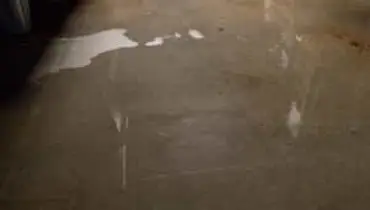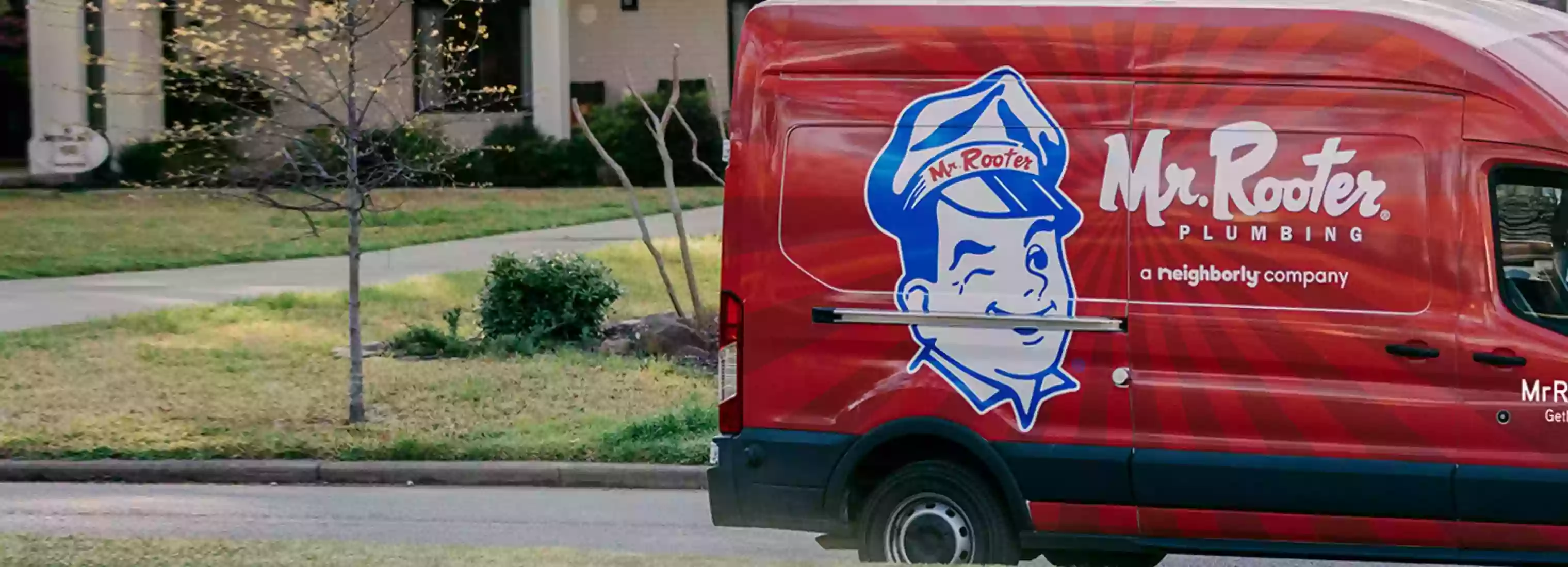The Signs You Need Slab Leak Repair

Dealing with leaks is part of being a homeowner, although most often you may encounter a faucet dripping water or maybe a pool of water by your sink. While some leaks are easy to spot, others can hide in tough-to-reach areas of your home—like concrete slab leaks.
Many modern homes are built on top of concrete slabs. Concrete prevents moisture from seeping into the wooden supports of your home and enabling mold, mildew and rot to develop. It provides a sturdy base and is the foundation for everything else that is a part of your house. Often, part of a plumbing system will be laid beneath the concrete slab. The concrete insulates your pipes to protect them from fluctuating weather patterns. But when one of those pipes burst, the effects can be devastating and hard to spot.
During a slab leak, water from a burst pipe will seep into the ground beneath your home's foundation. Over time, it will damage the concrete and begin to erode surrounding soil. This could make your home's foundation buckle and shift, possibly cracking interior floors and walls. In worst case scenarios, it could cause parts of your house to cave in or collapse. Although they can be difficult to spot, there are a few warning signs responsible homeowners should be aware of:
1. Hot Spots on Floor
If your hot water heater is the cause of your leak, you might be able to find it’s source by checking for abnormally hot areas on your floor. If your floors are carpet, vinyl or linoleum, then looking for warm spots should be a fairly easy process. However, if you have tile or hardwood floors it might be a bit trickier to find your leak unless it's quite severe.
2. Foundation Heaving
If you feel your home suddenly shift, your first thought might be that you're experiencing an earthquake. But, that may not be the case if there is an issue beneath your house. As water leaks below your home, the concrete foundation might swell. If it swells to an extreme amount, your slab might actually lift your home. This is quite a serious situation because it means water has been leaking for quite some time. Depending on how big the shift is, it could cause extensive damage to your home. You may notice cracks on your interior and exterior walls, as well as on the foundation itself. Since structural damage in these areas can also be caused by the natural settling process of your home, it's important to call a professional plumber for a second opinion.
3. Increased Water Use
There are two ways to tell if you're using significantly more water than usual. First, if all your taps and faucets are off and no one in your household is flushing the toilet, running dishes or doing laundry, then go out and check your water meter. If it's spinning, you have a leak somewhere in your home. If your hot water line is your culprit, your water heater will also constantly be running.
Another indicator that you're using an abnormally high amount of water is if you see a sudden spike in your water bills. Generally, large jumps in a utility bill indicate a cracked pipe. But you will need the help of a licensed plumber to locate problems and leaks and determine what your best repair option is.
4. Warped Floor
If water has been pooling beneath your home for long enough, you may notice bubbling or a dome-like effect happening on your floors. This is a common sign of severe water damage. Although the dome will give you an idea of where the water is coming from, it also indicates that the foundation has likely been quite seriously damaged.
5. Puddles Along House Perimeter
Although you might notice puddles along the side of your house after it rains, when snow melts or if you have a leaky hose, pools of water that appear for seemingly no reason are not a good sign. They indicate foundation issues, likely a crack caused by a slab leak. You may also notice water pooling inside your home. Check beneath cabinets, between tiles and along the bottom of walls. Puddles will most likely appear in kitchens or bathrooms, typically beside a sink, tub, toilet or plumbing pipes.
Slab Leak Detection and Type of Repairs
Since it can be difficult to locate a slab leak and it can cause serious damage over time, it's worthwhile to entrust the problem to the pros at Mr. Rooter Plumbing of Central Long Island. We have the necessary pipe inspection equipment that will enable us to find the issue and repair it efficiently. For instance, sonic location systems, drain cameras and pumping air through emptied water lines are all common ways to detect leaks. When it comes to slab repairs, there are three primary options:
- Repair the damaged section. If the leak is small and the pipe is still in good condition, this is the best option. It is the least invasive solution. Sometimes, an epoxy pipe lining might also be used to seal the leak. This technique avoids breaking the slab.
- Reroute the pipe. If the pipe is not in good condition, fixing the area that's leaking might only result in another crack or hole popping up elsewhere. In this case, the plumber will reroute the pipe.
- Repipe the house. If your home is older and the entire plumbing system is in poor shape, then a slab leak might just be the first sign that all pipes need replacing.
Hire Our Leak Repair Services!
Are you worried that you might need slab leak repairs? If so, we invite you to give our friendly and helpful office staff a call today. We'll help you schedule a convenient appointment for our master plumbers to come by and diagnose your problem. The team at Mr. Rooter Plumbing of Central Long Island has years of experience under their belts and is passionate about serving the Long Island community.
To get started today, give us a call at for more information or request an appointment online to have our service professionals solve your plumbing problem.
 Click to call
Click to call


